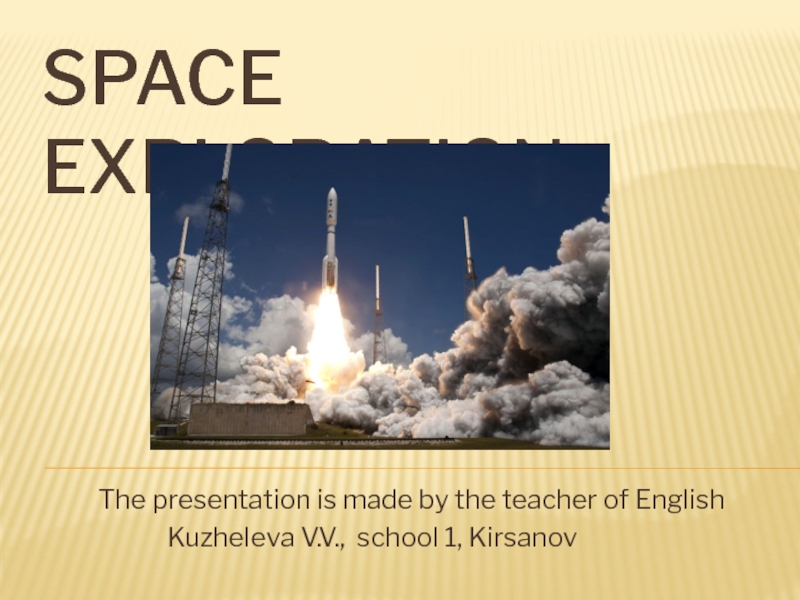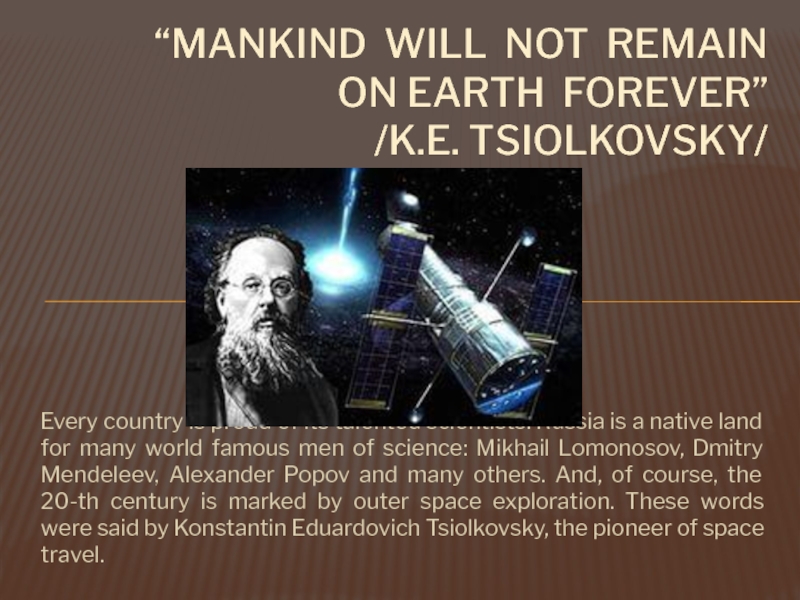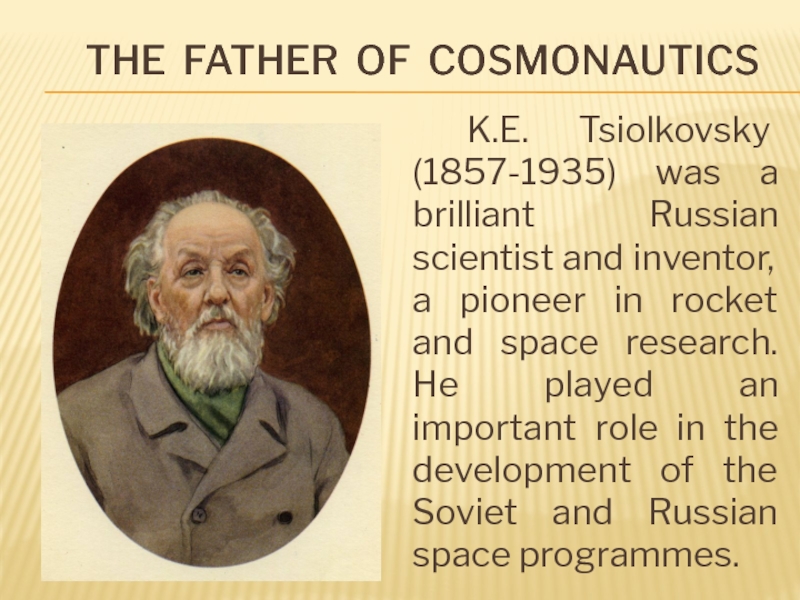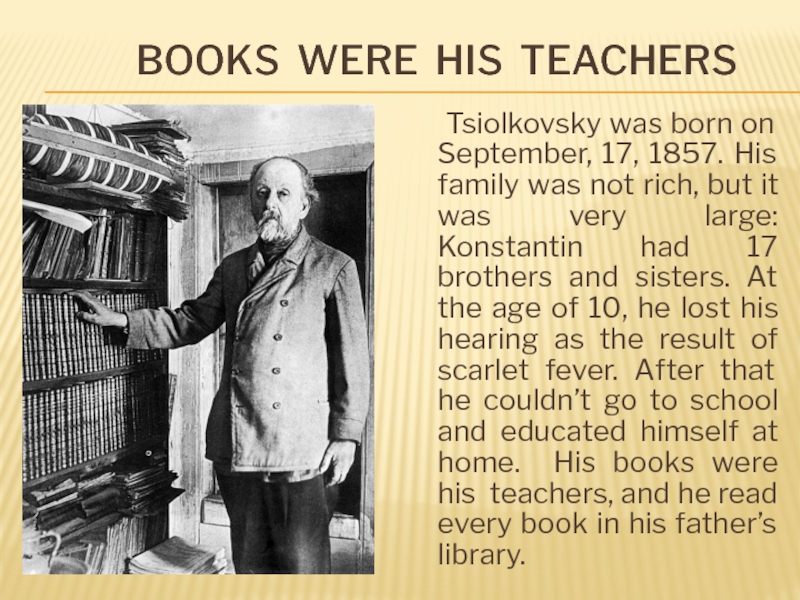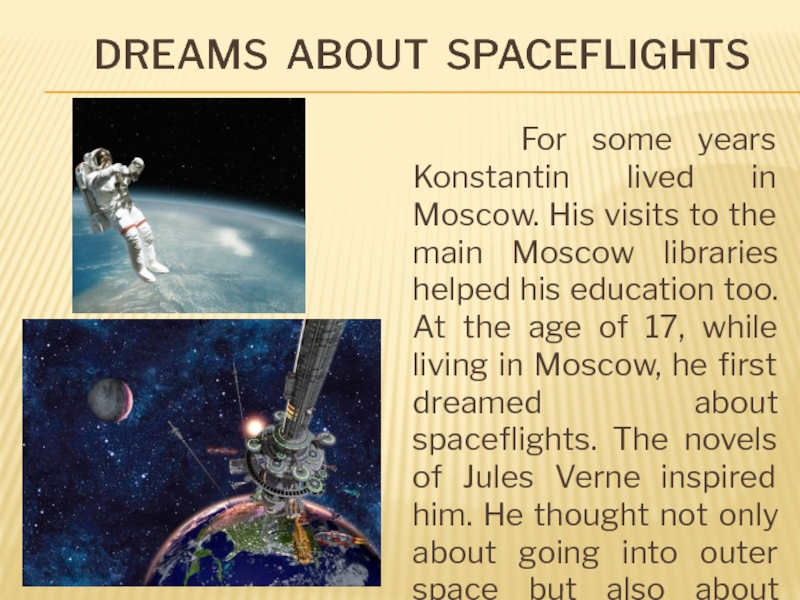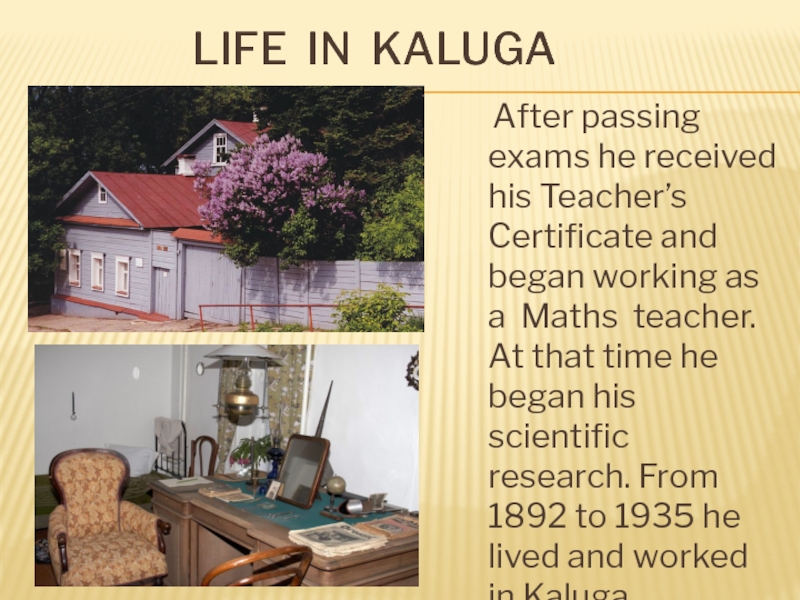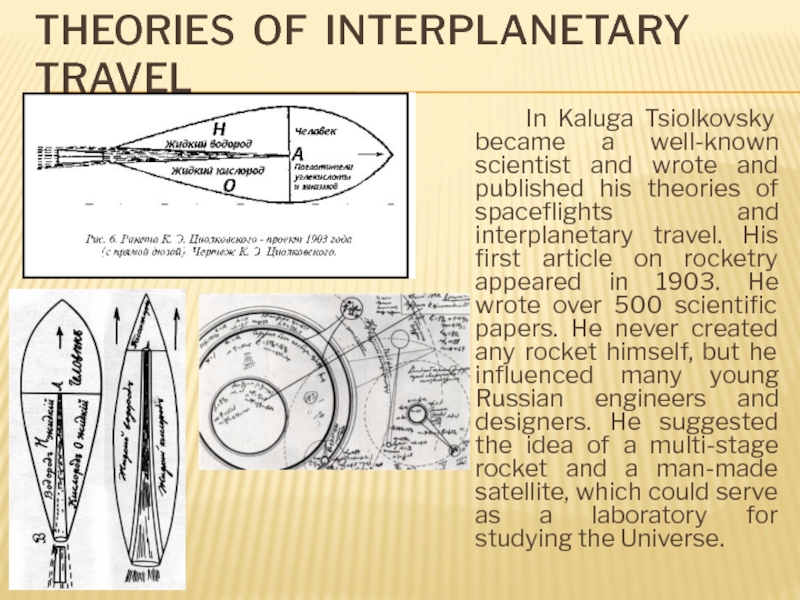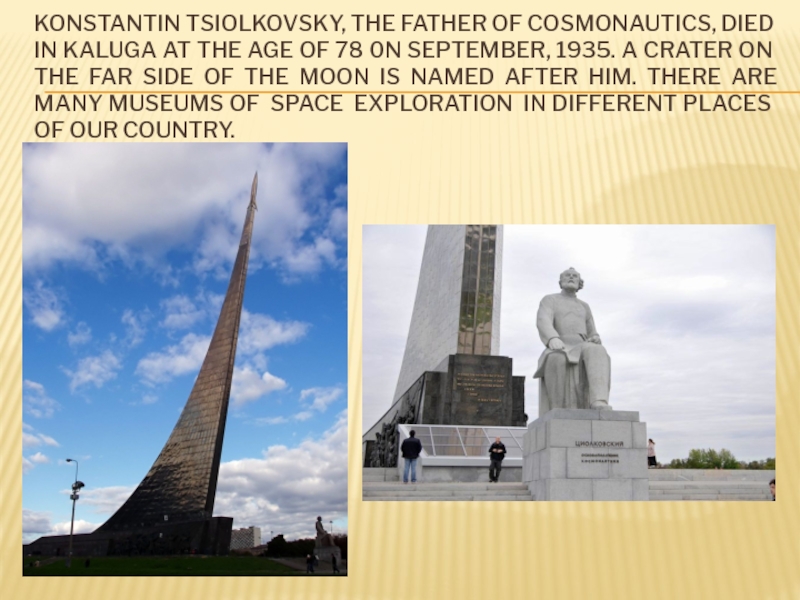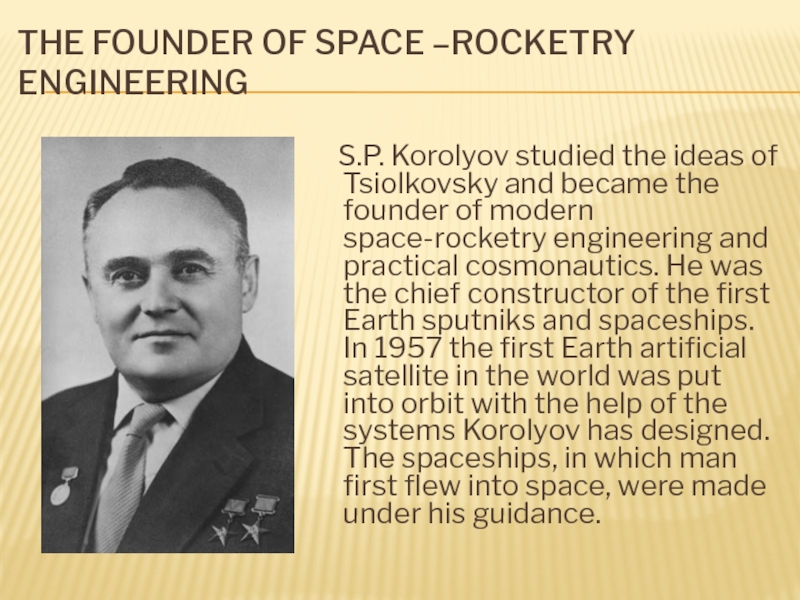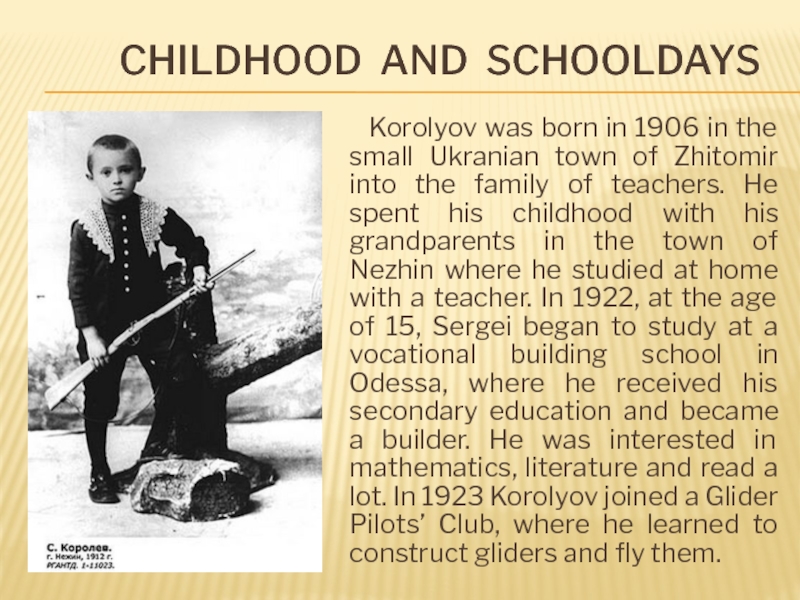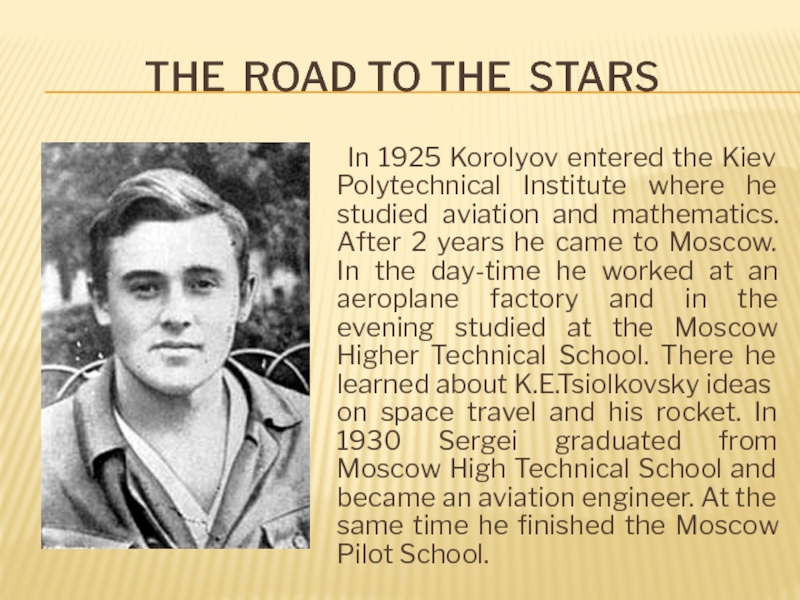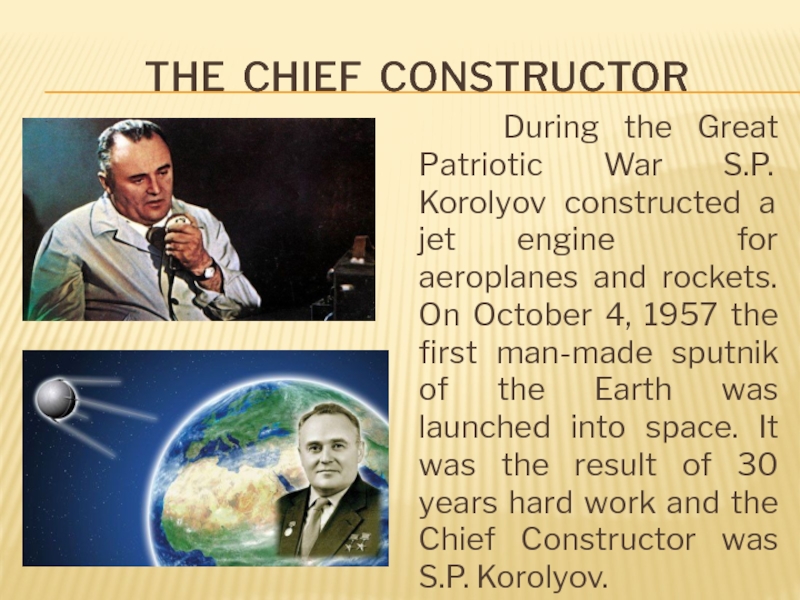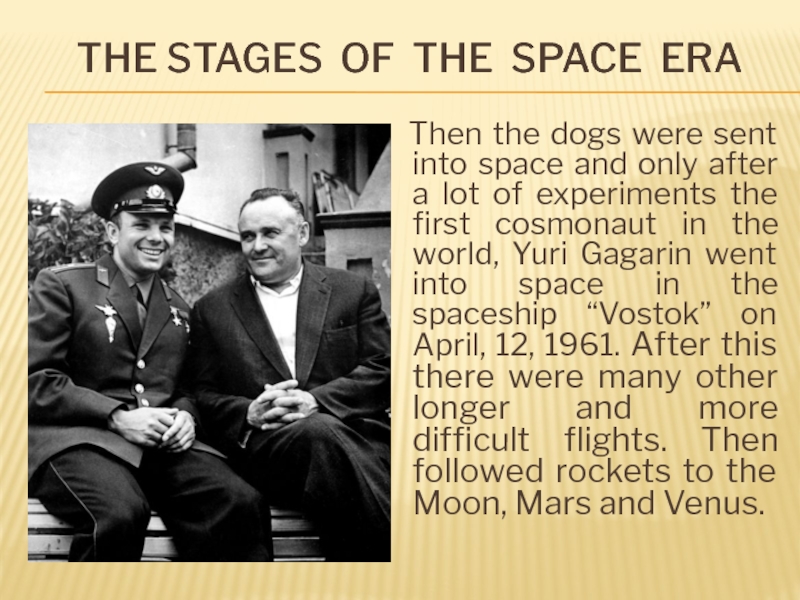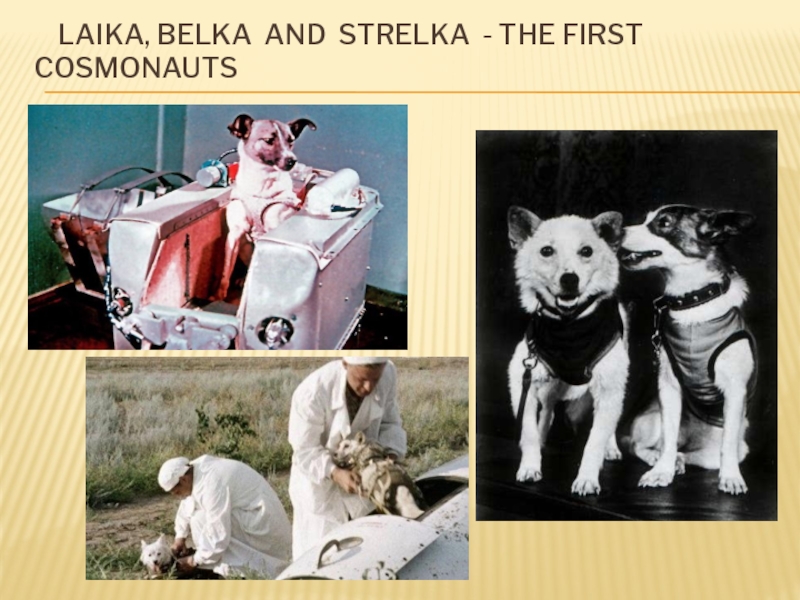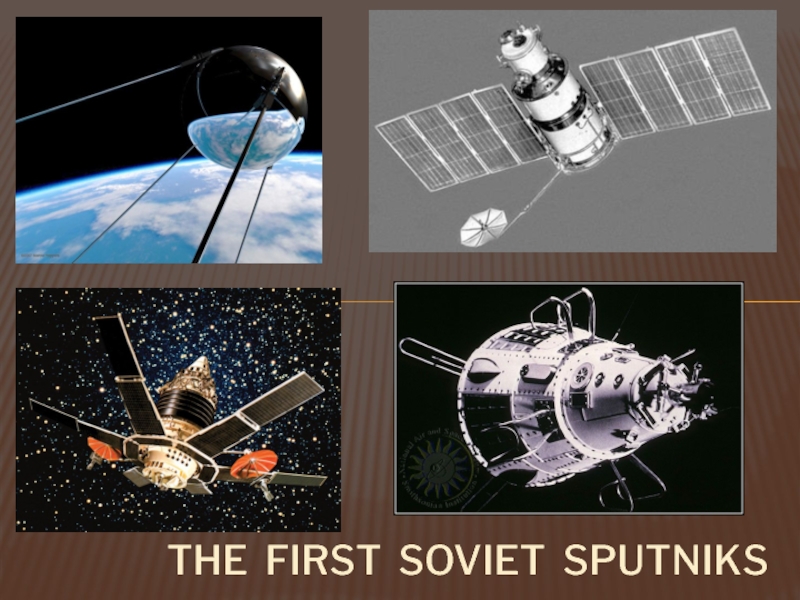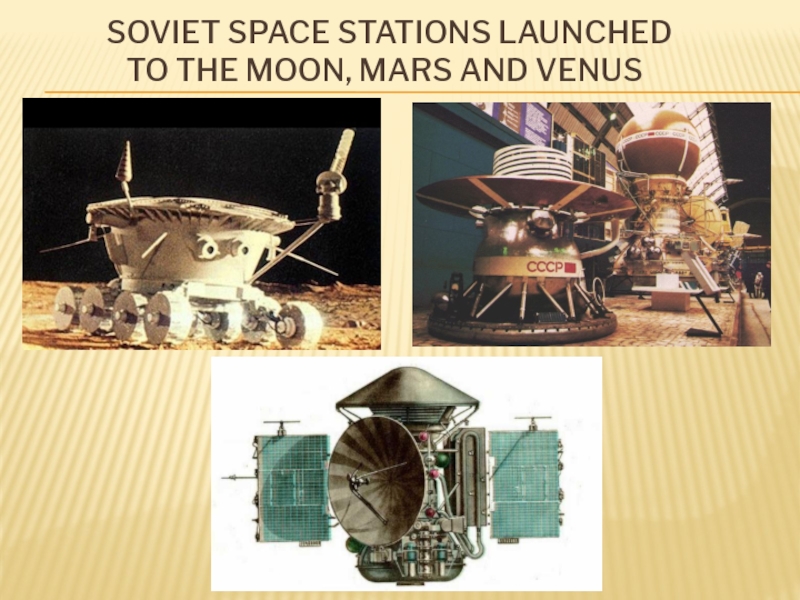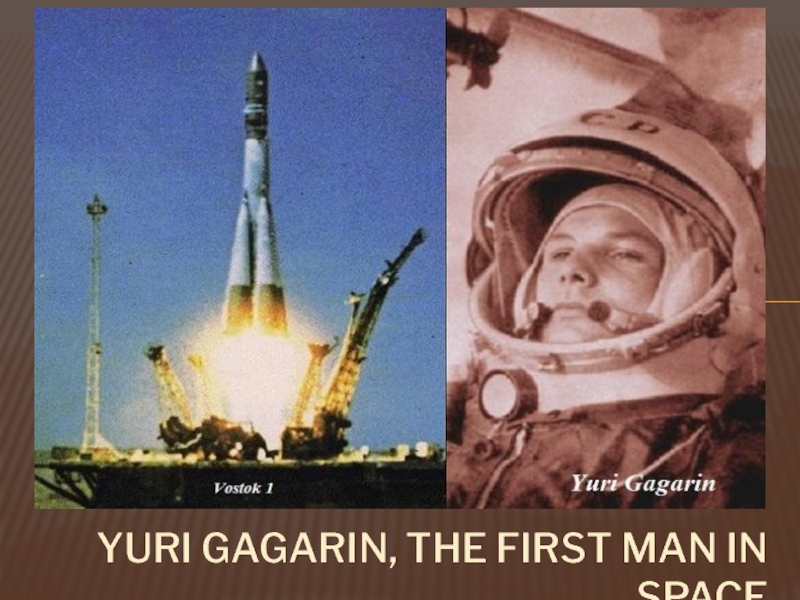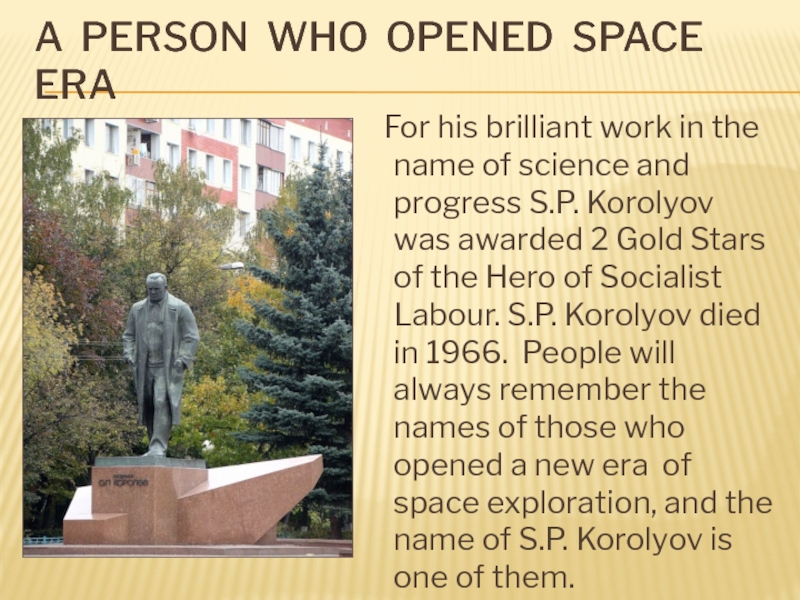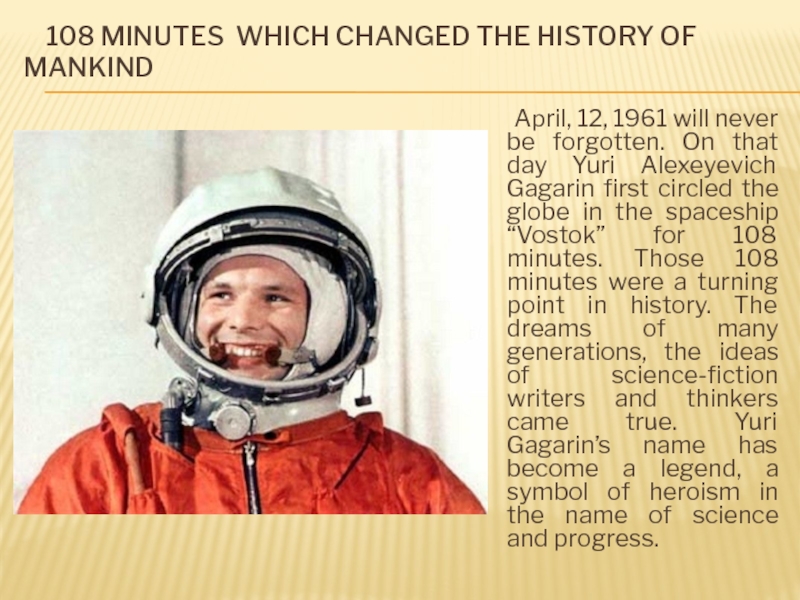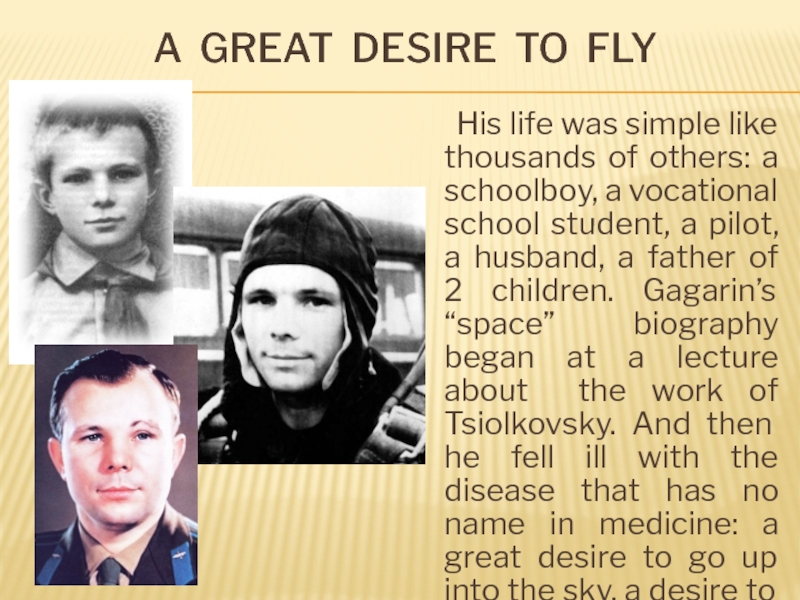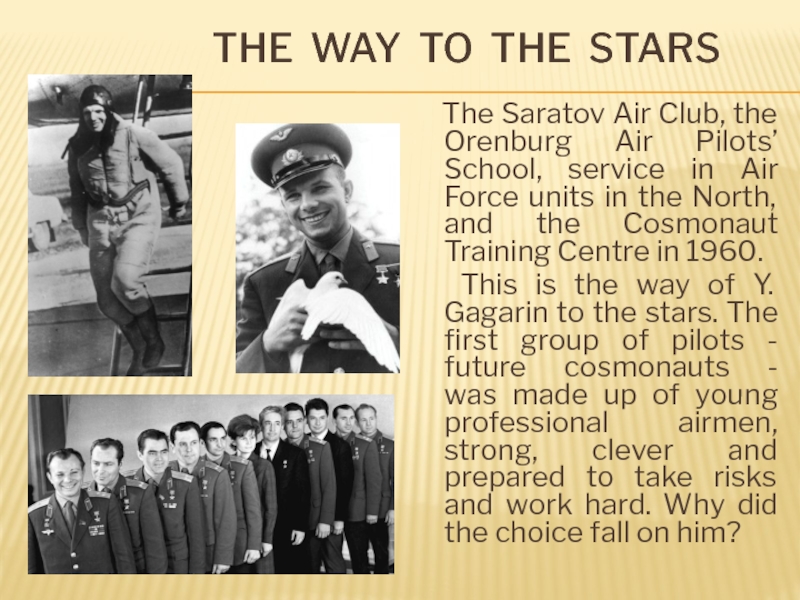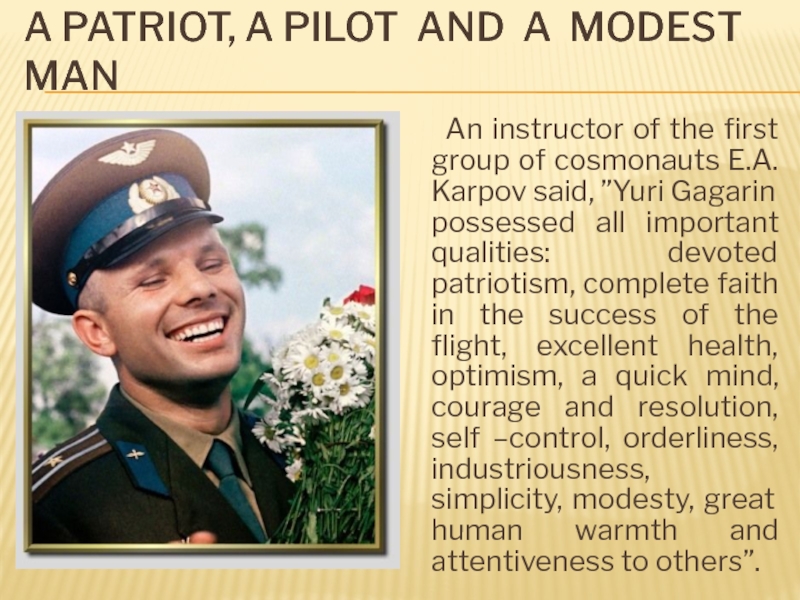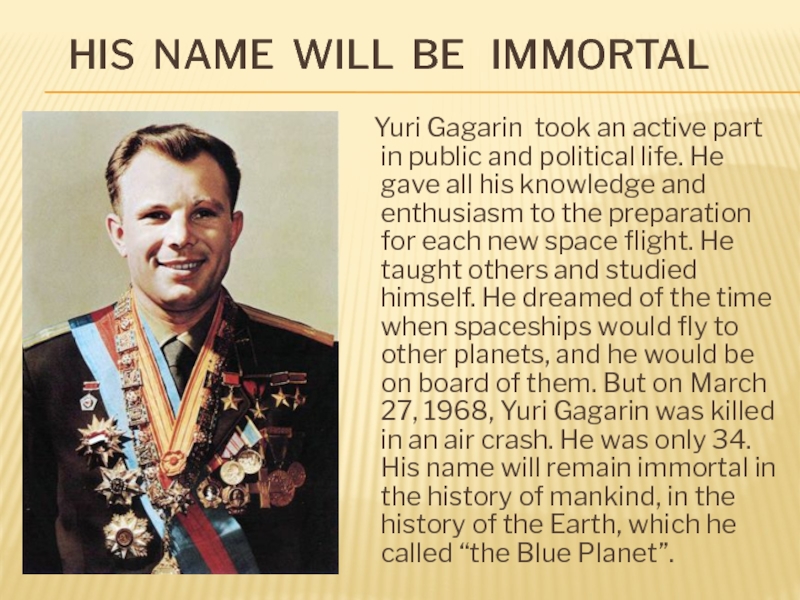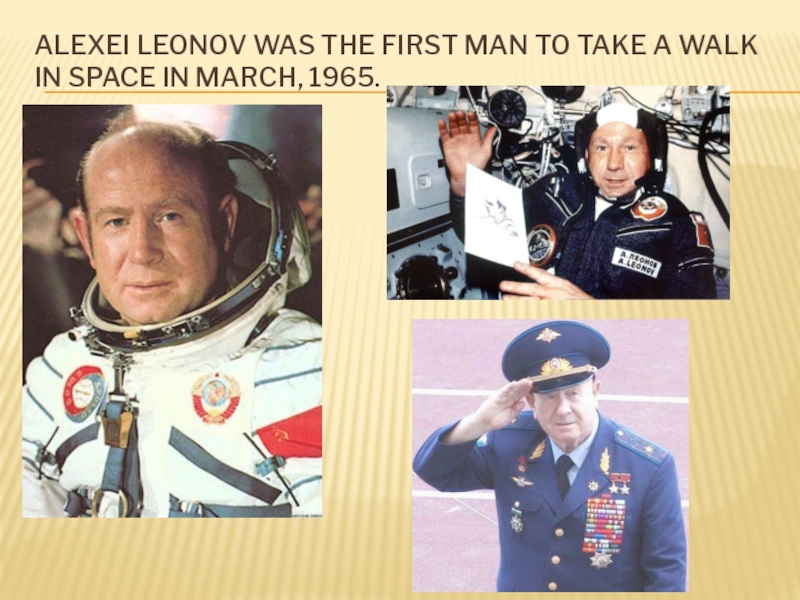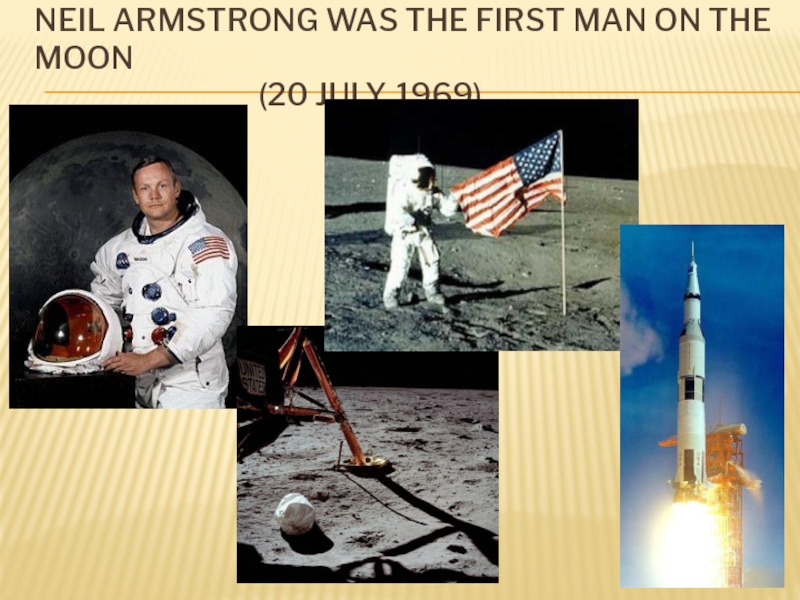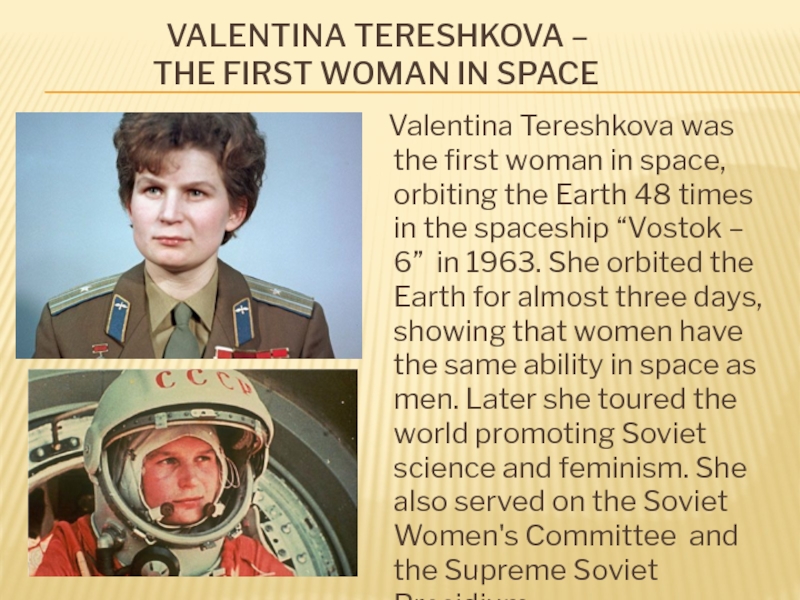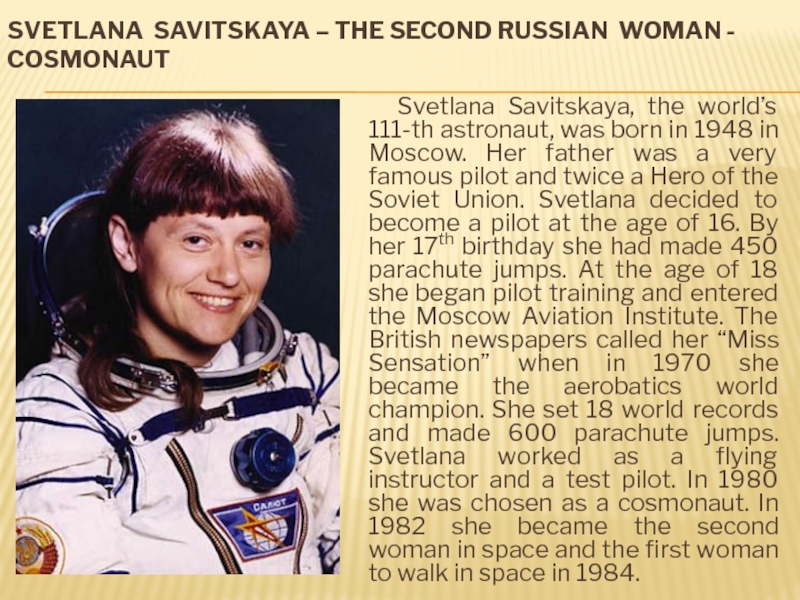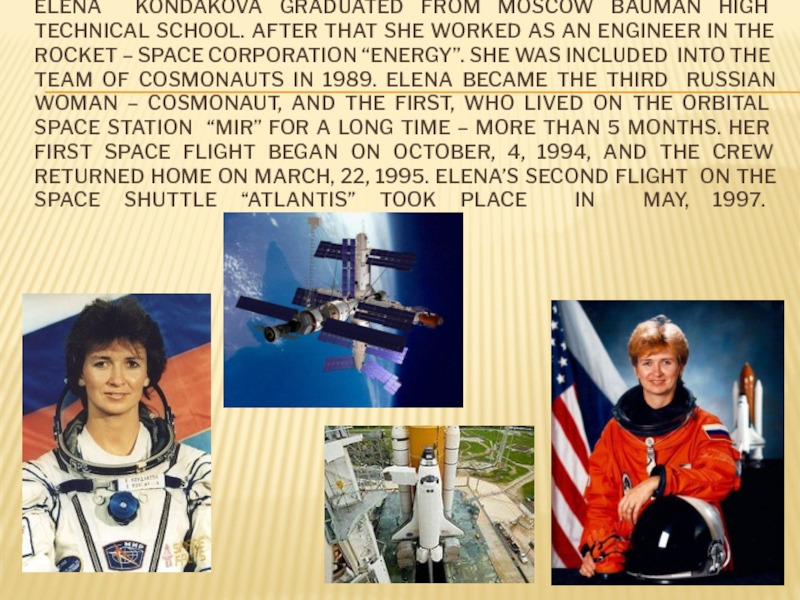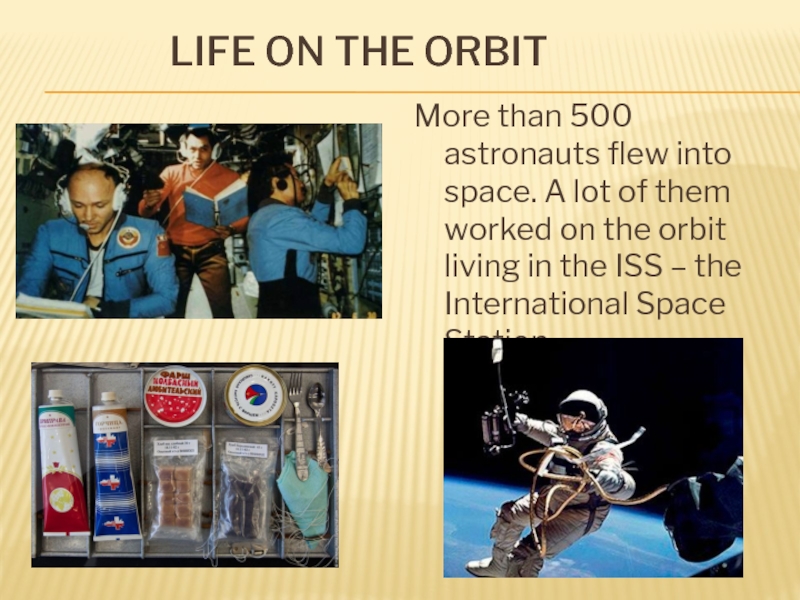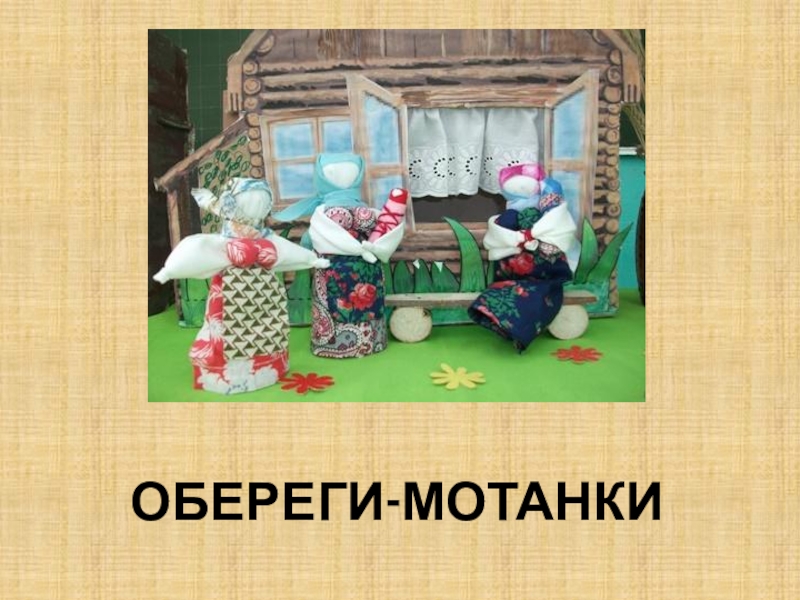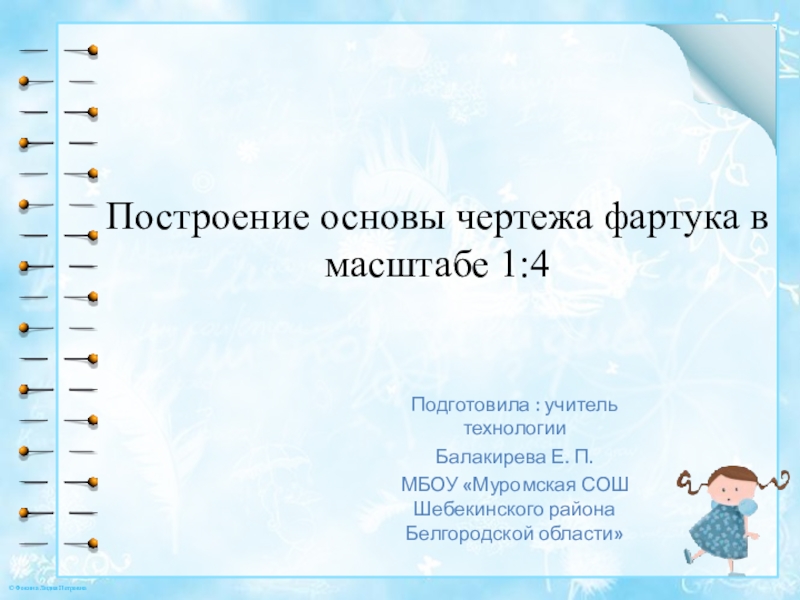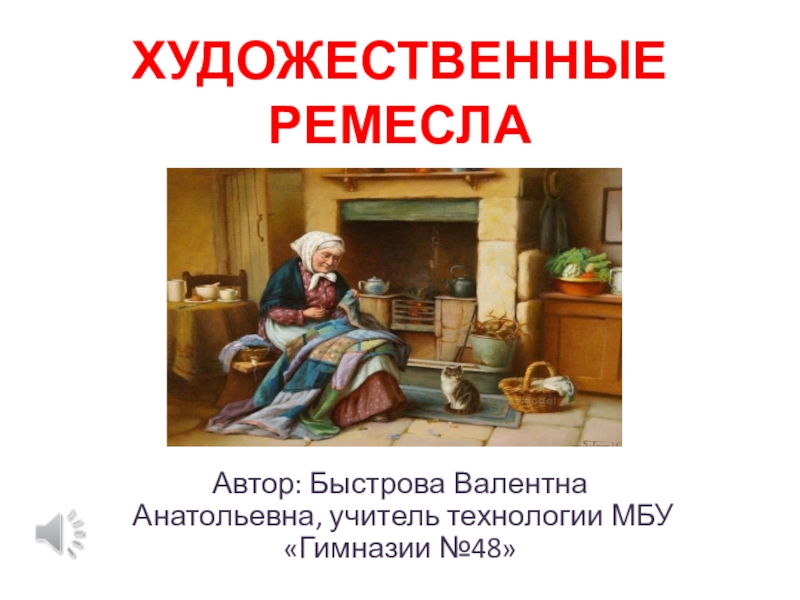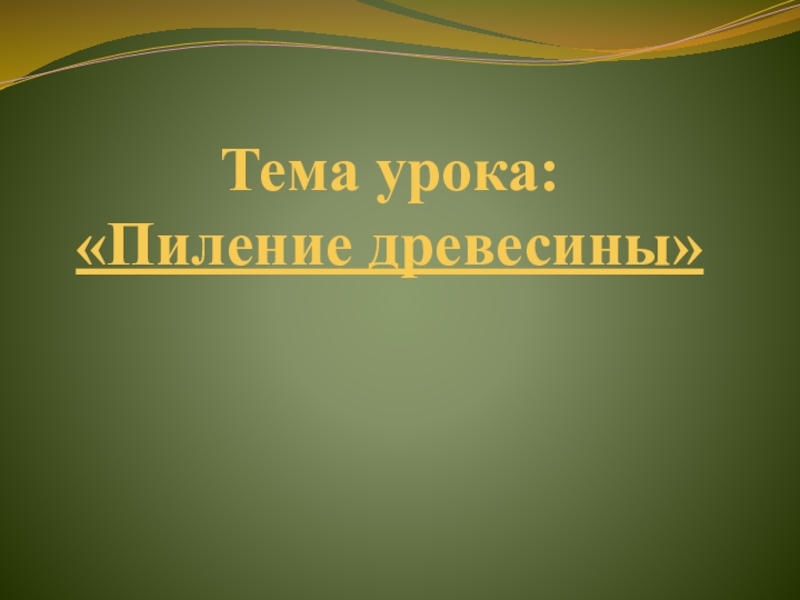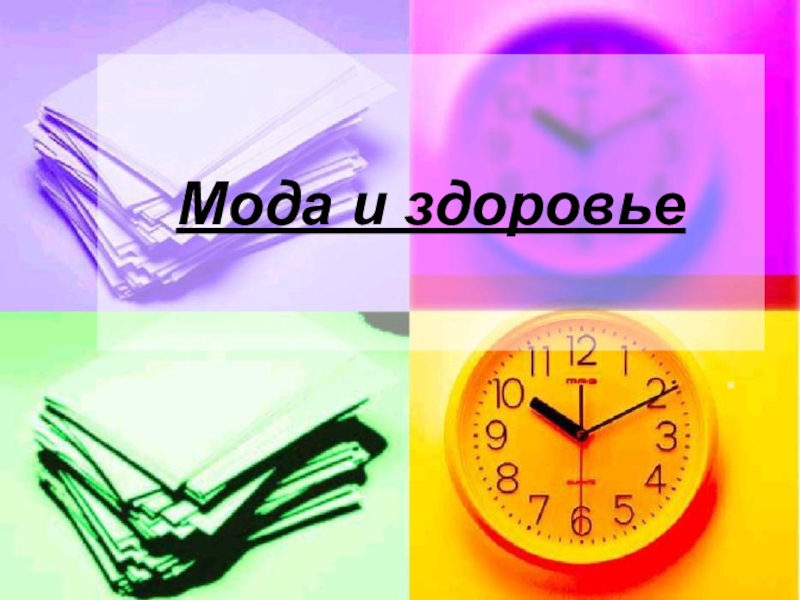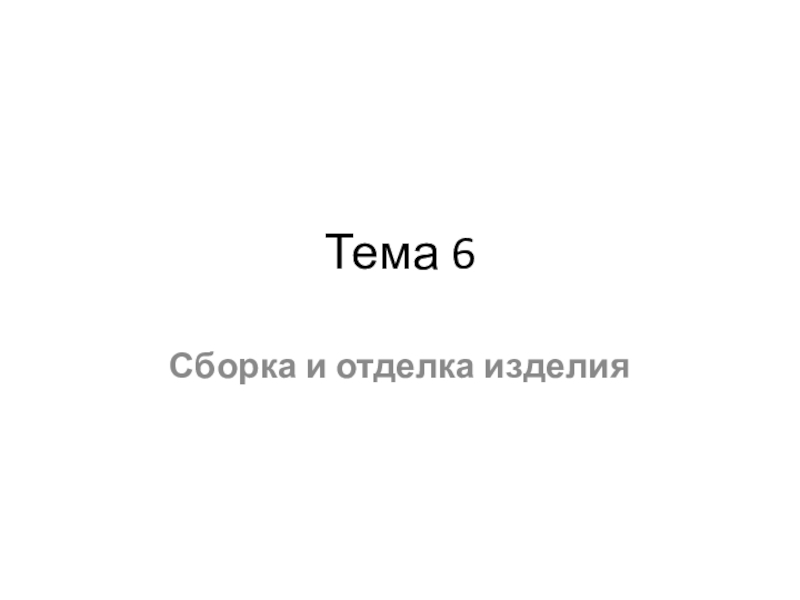- Главная
- Разное
- Образование
- Спорт
- Естествознание
- Природоведение
- Религиоведение
- Французский язык
- Черчение
- Английский язык
- Астрономия
- Алгебра
- Биология
- География
- Геометрия
- Детские презентации
- Информатика
- История
- Литература
- Математика
- Музыка
- МХК
- Немецкий язык
- ОБЖ
- Обществознание
- Окружающий мир
- Педагогика
- Русский язык
- Технология
- Физика
- Философия
- Химия
- Шаблоны, фоны, картинки для презентаций
- Экология
- Экономика
Презентация, доклад на тему Space Exploration
Содержание
- 1. Space Exploration
- 2. Every country is proud of its talented
- 3. The Father of Cosmonautics
- 4. Books
- 5. Dreams about spaceflights
- 6. Слайд 6
- 7. Theories of interplanetary travel
- 8. Konstantin Tsiolkovsky, the father of cosmonautics, died
- 9. The founder of space –rocketry engineering
- 10. Childhood and
- 11. Слайд 11
- 12. Слайд 12
- 13. The stages of the
- 14. Laika, Belka and Strelka - the first cosmonauts
- 15. The first soviet sputniks
- 16. Soviet
- 17. Yuri Gagarin, the first man in space
- 18. A person who opened space era
- 19. 108 minutes which changed the
- 20. Слайд 20
- 21. Слайд 21
- 22. A patriot, a pilot and a modest
- 23. His name will be
- 24. Alexei Leonov was the first man to take a walk in space in March, 1965.
- 25. Neil Armstrong was the first man on
- 26. Слайд 26
- 27. Svetlana Savitskaya – the second russian woman
- 28. elena Kondakova graduated from Moscow Bauman High
- 29. Слайд 29
Слайд 1Space Exploration
The presentation is made
Kuzheleva V.V., school 1, Kirsanov
Слайд 2Every country is proud of its talented scientists. Russia is a
“Mankind will not remain on Earth forever”
/k.e. tsiolkovsky/
Слайд 3 The Father of Cosmonautics
K.E. Tsiolkovsky (1857-1935) was
Слайд 4 Books were his teachers
Слайд 5 Dreams about spaceflights
For some
Слайд 6 Life in
After passing exams he received his Teacher’s Certificate and began working as a Maths teacher. At that time he began his scientific research. From 1892 to 1935 he lived and worked in Kaluga.
Слайд 7Theories of interplanetary travel
In Kaluga Tsiolkovsky became
Слайд 8Konstantin Tsiolkovsky, the father of cosmonautics, died in Kaluga at the
Слайд 9The founder of space –rocketry engineering
S.P. Korolyov studied the
Слайд 10 Childhood and schooldays
Слайд 11 The road to the
In 1925 Korolyov entered the Kiev Polytechnical Institute where he studied aviation and mathematics. After 2 years he came to Moscow. In the day-time he worked at an aeroplane factory and in the evening studied at the Moscow Higher Technical School. There he learned about K.E.Tsiolkovsky ideas on space travel and his rocket. In 1930 Sergei graduated from Moscow High Technical School and became an aviation engineer. At the same time he finished the Moscow Pilot School.
Слайд 12 The Chief Constructor
Слайд 13 The stages of the space era
Then
Слайд 18A person who opened space era
For his brilliant work
Слайд 19 108 minutes which changed the history of mankind
Слайд 20 A great desire to
His life was simple like thousands of others: a schoolboy, a vocational school student, a pilot, a husband, a father of 2 children. Gagarin’s “space” biography began at a lecture about the work of Tsiolkovsky. And then he fell ill with the disease that has no name in medicine: a great desire to go up into the sky, a desire to fly.
Слайд 21
The Saratov Air Club, the Orenburg Air Pilots’ School, service in Air Force units in the North, and the Cosmonaut Training Centre in 1960.
This is the way of Y. Gagarin to the stars. The first group of pilots - future cosmonauts - was made up of young professional airmen, strong, clever and prepared to take risks and work hard. Why did the choice fall on him?
Слайд 22A patriot, a pilot and a modest man
An
Слайд 23 His name will be immortal
Yuri Gagarin
Слайд 26 Valentina
Valentina Tereshkova was the first woman in space, orbiting the Earth 48 times in the spaceship “Vostok – 6” in 1963. She orbited the Earth for almost three days, showing that women have the same ability in space as men. Later she toured the world promoting Soviet science and feminism. She also served on the Soviet Women's Committee and the Supreme Soviet Presidium.
Слайд 27Svetlana Savitskaya – the second russian woman - cosmonaut
Слайд 28elena Kondakova graduated from Moscow Bauman High Technical School. After that
Слайд 29 Life on the
More than 500 astronauts flew into space. A lot of them worked on the orbit living in the ISS – the International Space Station.
